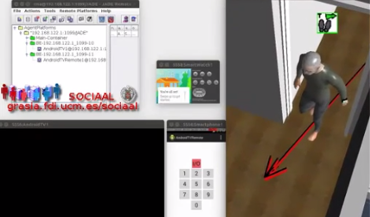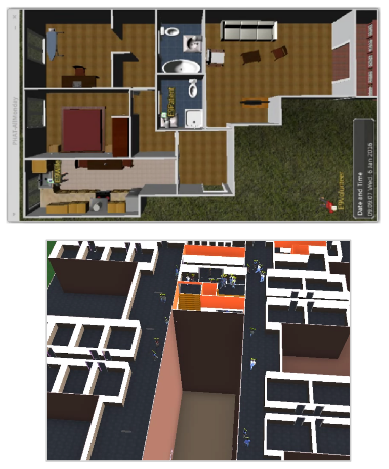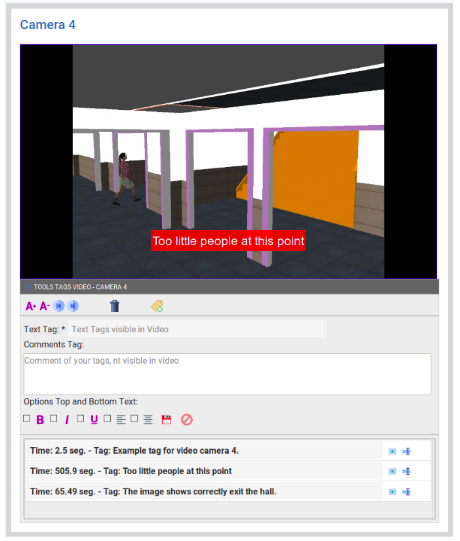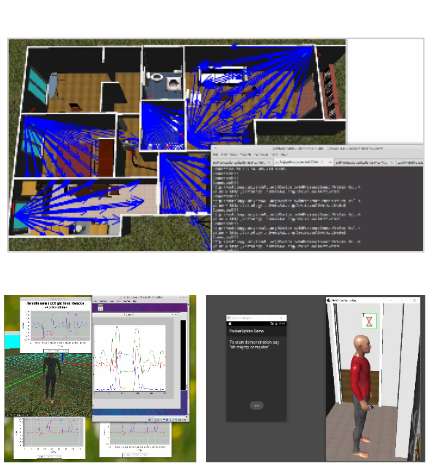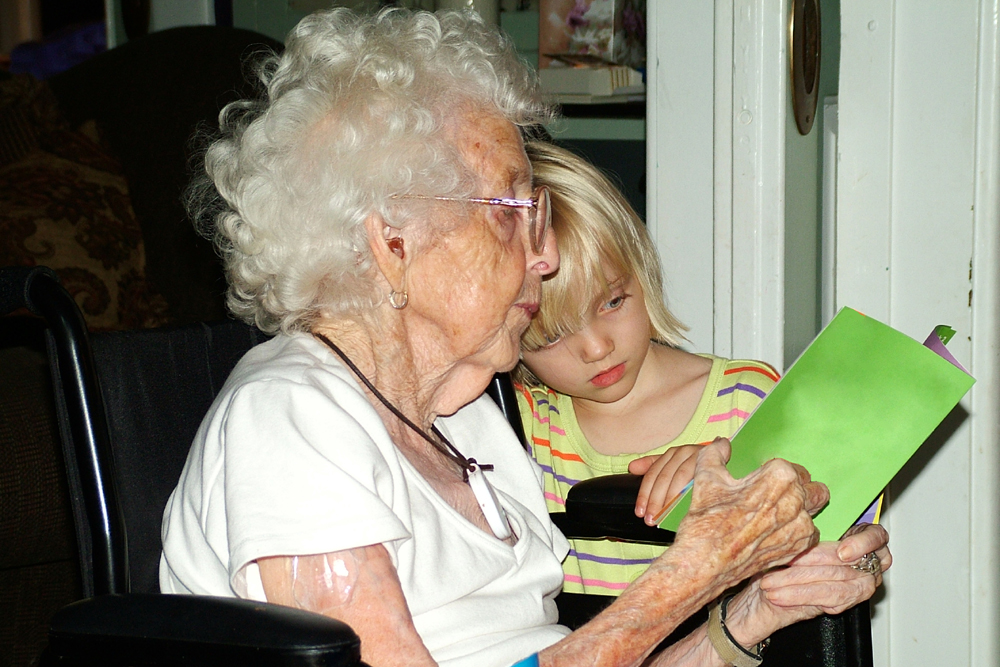Assistive Technologies to the Rescue
Imminent Challenges
-
The Aging of People
We shall prepare ourselves with politics of active aging
that could improve the lives of the families. -
Degenerative Diseases
47.6 million of people are suffering dementia,
and there are 7.7 million new cases each year. -
Disabilities
10% of the world population is born with some
kind of disability.
The Aging of People
Europe is approaching to a demographic change. Among other measures, we shall prepare ourselves with politics of active aging that could improve the lives of the families who have some member with problems to carry out his or her daily activity.
Degenerative Diseases
On a worldwide level, 47.6 million of people are suffering dementia,
Disabilities
The 10% of the world population is born with some kind of disability. Some people are born with disabilities that imply disadvantages in a non-inclusive society. Others develop a disability throughout their lives because of an accident or an illness. They can and they want to feel capable.
Assistive Technologies to the Rescue
Scientific advancements have a slow advance when it comes to neurodegenerative diseases, especially because of the erratic funding in basic research. Assistive technologies are not a solution, but they can improve the quality of life of those who suffer from an illness and to better integrate people with some kind of disability.
These technologies consist of the integration of eletrocnic elements in our daily environment, so they alow us to complement or to mantain our quality of life. We could wear these elements on our bodies or in our clothes (wearables), they could also be elements of mechanical assistance such as robots and elevators.

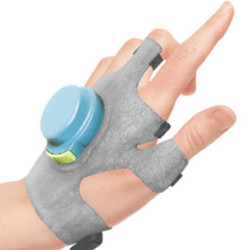
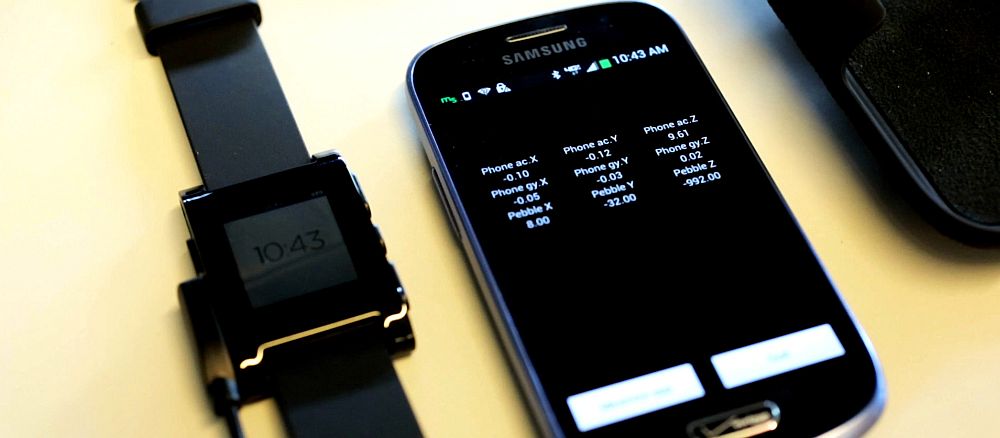
These technologies are short-term assistances, but they are not the perfect solution
Too much expensive development
A product starts as an idea that is prototyped in a laboratory. Then, we usually work with some volunteers or people who receive some kind of reward for their effort. With this experience, we learn and we redesign the product. Afterwards, the industrial production is planned and executed. It only remains to deliver the product to the end user. During all this process, there is a huge expense of material and human resources. Not everybody can afford it.
Involving people is not easy
Many projects fail because they do not propose an interesting solution for those who will use it. To avoid this frustration, volunteers are being included in the creation of the products. This decision raises the price, because we require facilities to test the product and compensations for the volunteers for their effort. Moreover, it poses new questions. Let's imagine that we create a fall detector: Do we ask the volunteer to fall down? Will the product detect the fall down a staircase?.
Lack of customization
Every person is unique. Adjusting assistive technology to every particular case is an expensive process. Industrial models are guided by large-scale production of completely equal products. When the group of end users is small or relative small, we cannot produce affordable solutions adjusted to each one's problems.
Technologies are not ready yet
The trials are slow because reliability must be guaranteed. In addition, a large part of what is required imply a mechanical assistance, fon instance, when someone falls down, to help this person stand up.
What do we propose?
We want that every person who has knowledge can contribute.
To reduce the costs. So the lack of many resources do not involve an obstacle.
To break with the limitations. To talk about what does not exist yet and how we want it to be.
To systematize the development and to standardize a responsible experimentation in assistive technologies.
We do not use magic, but engineering
- We can use 3D simulators of the problems and solve the problem firstly in the computer.
- We are starting, but we have cases that demonstrate the idea.
- A free and open technology that all people can use. If you are not good at technology, you can also participate sending us your comments of the simulations with CAMAssistant.
- If you have technological skills, you can contribute modelling or developing solutions.
Ways to contribute
- Helping with comments about the simulations that we have, giving your opinion about the solutions and problems that we have collected. We use CAMAssistant tool to do that. The cases of use can be seen and directly provide comments. Profile: professional/interested person.
- Creating 3D models with our tools. We use the AIDE tool to do that. The models will be available online, so they can be downloaded by those who are interested. New models will can also be uploaded. Profile: technological skills are required.
- Collaborating in multidisciplinary teams while modelling. We will set up meetings to co-create solutions or analyzing problems in a collaborative way. Profile: professional/interested person.
- Suggesting new solutions for other people. We use the AIDE tool to do that. We have simple examples and tutorials to begin. Profile: technological skills are required.
Finished Developments
A fall detector
It was developed by students and the technology that was used served to facilitate the initial prototype of the solution. All the documentation that reports the required elements is available, so a similar product can be created.
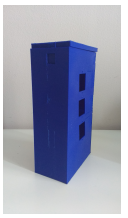
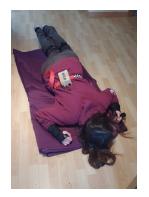
Prototypes of situation recognizers
A basic gesture recognizer (its evolution is in process to be patented) and a fall detector in big facilities. Developed using simulations and produce with open hardware. It won the award for IBM en la conferencia PAAMS 2016.

Some developments in progress
Crowd tracker
With the information of the traffic of people in a specific point of a building, we try to know the amount of people that there are in the rest of the building without invading their privacy.

Monitor of repeated or forgotten activities
Based on technology to recognize activities, we want to develop a system that learn the costumes of the patient and that identifies when an activity has been done, has not been done or is half done.
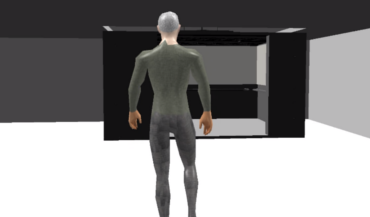
TV remote control that accepts mild tremor
Describing how a TV remote control that accepts user's mild tremor would be.
